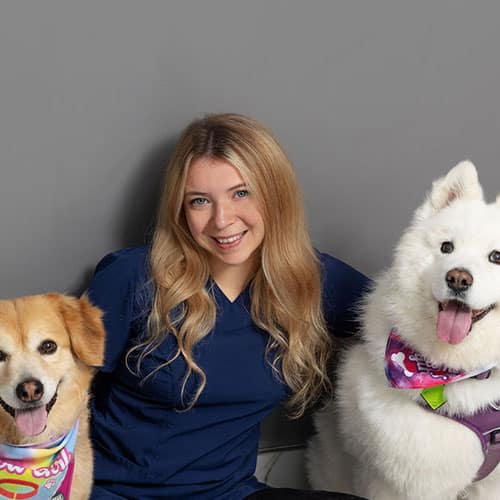Hydration is essential for your overall health, and this is also true for your cat. However, getting your cat to drink an adequate amount of water isn’t always easy, and sometimes you have to get creative. Our Twin Lakes Veterinary Hospital team explains feline hydration’s importance and offers simple tips you can follow to encourage your cat to drink more water.
The importance of feline hydration
Hydration supports everything from the body’s organ function and nutrient transportation to circulation and digestion. Consider how hydration supports these bodily processes:
- Kidney function — The kidneys are responsible for filtering waste products from the blood and eliminating them through the urine. Without sufficient hydration, these waste products can build up, leading to kidney disease or urinary tract infections (UTIs).
- Digestion — Water is crucial to the digestive process, aiding in nutrient absorption and helping to move food along the digestive tract. Without enough water, a cat can suffer from constipation and other digestive issues.
- Temperature regulation — Water helps your cat regulate their body temperature, keeping them cool in hot weather and warm in cold weather.
- Skin and coat condition — Hydration helps keep your cat’s skin and coat healthy and shiny. Dehydration can lead to flaky skin and a dull coat.
- Energy — Hydration supports your cat’s energy levels, and chronic dehydration can cause your cat to become inactive.
Signs your cat is dehydrated
Like all animals, cats lose water throughout the day through sweating, breathing, and eliminating waste. If a cat doesn’t take in enough water to replace what they lose, they can become dehydrated. Dehydration can lead to serious health problems, including organ failure and death. A cat’s dehydration signs include:
- Appetite loss — Dehydrated cats often lose their appetite, which leads to further dehydration because they don’t get additional moisture from their food.
- Lethargy — Cats may become inactive and exhibit fatigue signs when dehydrated, as their body struggles to function without the necessary fluids.
- Dry gums — A healthy cat’s gums should be slick and moist. Dry, sticky gums can indicate dehydration.
- Decreased skin elasticity — To test your cat for dehydration, gently pull up the skin on the back of their neck. If the skin does not quickly snap back into place, your cat may be dehydrated.
- Increased thirst and urination — Although seemingly counterintuitive, some health issues, such as kidney disease or diabetes, can lead to dehydration by causing your cat to drink and urinate more.
Ways to get your cat to drink more water

Cats need to consume about four ounces of water per five pounds of lean body weight per day. While this amount may not seem like much, cats have evolved to have a low thirst drive, which can make trying to keep them well-hydrated a real challenge. To encourage your cat to drink more water, follow these tips:
- Provide wet food — Cats that eat only dry foods consume less water overall and are prone to dehydration. Canned cat food includes up to 80% water and can significantly increase your cat’s water intake.
- Set up multiple water stations — Cats are particular about their drinking spots. To appeal to their preferences, place multiple water bowls throughout your home. Make sure the bowls are wide and shallow, as cats tend to dislike having their whiskers brush the water bowl’s sides.
- Keep water fresh — Cats’ taste and smell are keen, so keeping their water fresh and clean is essential. Refresh your cat’s water daily and clean the bowl regularly to prevent bacteria buildup.
- Consider a water fountain — Cats are often attracted to moving water. A cat water fountain provides a continuous stream of water, stimulating your feline friend’s interest in drinking.
- Add some flavor — Some cats may drink more if their water has a slight flavor. Consider adding a splash of canned tuna liquid or boiled chicken broth, with no added salt or spices to your cat’s water bowl.
- Offer hydrating treats — Tasty treats with a high moisture content, such as ice cubes made from broth, can be an additional hydration source for your cat.
Keeping your cat hydrated is one of the best ways to support their overall health. If your cat’s water consumption increases or decreases, contact our Twin Lakes Veterinary Hospital team, so we can assess your feline friend’s hydration status and develop a plan to help increase their fluid intake.























Leave A Comment